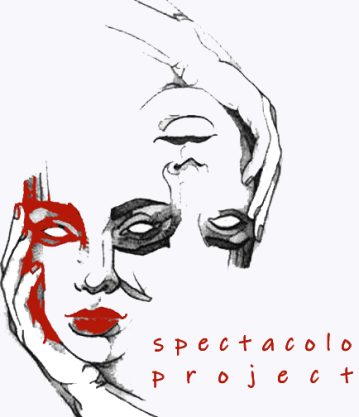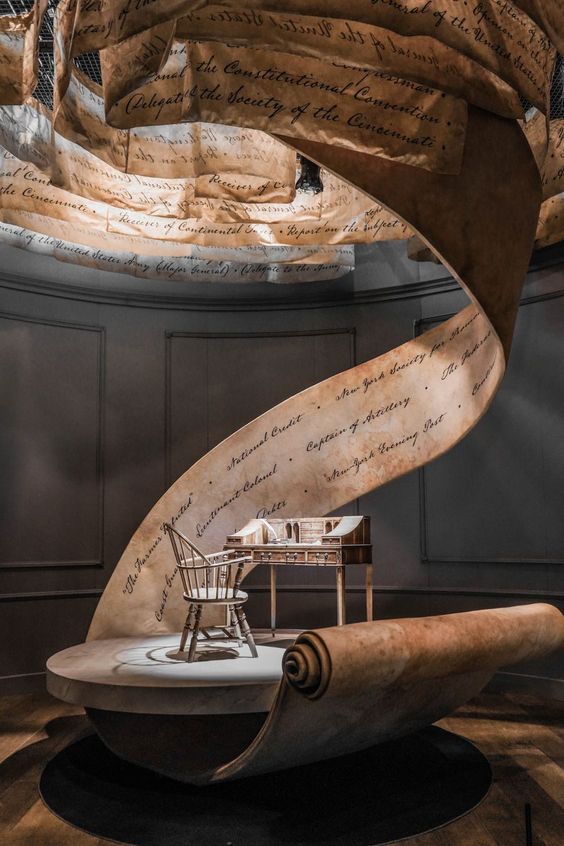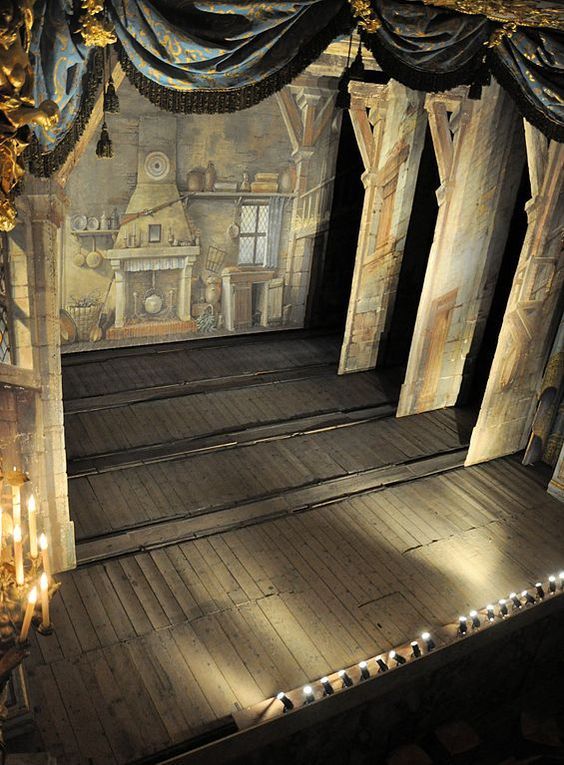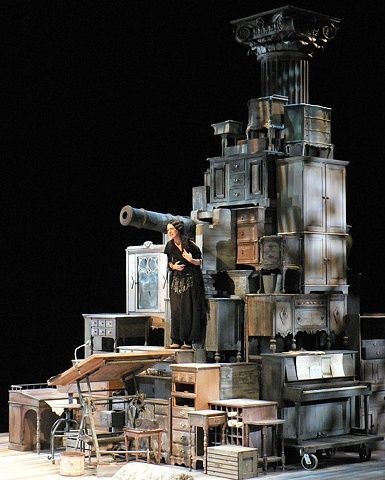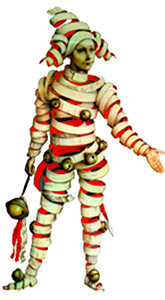Stage Design
Stage design or set design is the creation of theatrical scenery. You, as a set designer, will have to collaborate with the director and other designers in order to design the suitable stage design. This process, from the moment you get offered a job to the opening night, often takes up to nine months.
Let’s discuss step by step the whole process.
At first, your phone rings and you get a job offer. Before you scream “yes”, take a breath and ask some questions:
- WHO is going to be the director, as well as the other team members?
- WHAT is the playwright about?
- WHERE will the play take place?
- WHEN will the play take place? It is important to know if you have the needed time to work on the project and meet the deadline.
- HOW the set is going to be built? Is it going to be manufactured in house or not?
After you have all the information you need, hang up the phone, think it through for a day or two, make a theoretical plan and if the offer meets your standards, call back and accept it.
Once you’ve accepted the offer, it’s time to move on to the first step of the whole process.
READ THE SCRIPT
First, read the script, all at once, without pausing to make any notes. This will give you the opportunity to perceive the script as if you were at the audience and not involved in the creative process. After you’re done with the first reading, it’s time to write down some initial thoughts, produced by instinct, in a notebook. You may turn back to these notes whenever you feel a little lost or stuck. When you read the script for the second time, make some more specific notes about the structure, movements of the actors, furniture etc; in other words, break down the script to get a better understanding of it. If any imagery or conceptual thoughts rise up, write them down. Then you have to meet with the director. At this point, you will know the text pretty well, but you will not be so much involved with it. You have to discuss with the director with an open mind, so you shouldn’t have made any sketches or done any further research. However, feel free to make any proposals that come into mind during your meeting. Your notebook will be your best friend through all this process, so use it wisely. For now, it would be helpful if you wrote down your thoughts, let’s say, on the left side of it, and on the right side information from the text itself.
DRAW THE FIRST SKETCHES AND CREATE THE FIRST MODELS
Now, it’s time to make your very first sketches. Again, use your notebook. On the left side, make your first scribble, which will show how the floorplan is, so that you can have an idea of the available space. On the right side, make a more specific design, however, without any details; just sketch the floor, the ceiling and the space in between. You should also create an early sketch model in 3 dimensions to have a better understanding of your idea. It would be more helpful if you did it digitally, as it is a time saver. Always have in mind the parameters of the venue. Now, create a second white card model, aka preliminary model. This model is used for scale reasons and it is an accurate representation of the final outcome, so write down a scale plan, which will show the height and width of the stage and venue. You should include enough information about the design, as this model will give the production an idea about the cost and the time the whole structure needs to be built. Now, put some colors to your white model, so that both you and the director can see how the final version may look.
MEET WITH THE DESIGN DEPARTMENT
Now that your preliminary model has been approved, you have to come in touch with the design department to work out the logistics. Discuss with the draftsperson who will give you the details of construction, which then you will communicate to the workshop that
DELIVER THE FINAL MODEL
It’s time to hand in your final 1:25 scale color model that consists of paint finishes and furniture. This will be used as a tool by many members of the production: the designer, the director, the workshop and the scenic artists.
ADJUST TO CHANGES
Now, all you have to do is to be part of the remaining process and be ready to adjust to any changes needed. The manufacture period starts before the rehearsals and it is an opportunity for you to see your job in a 1:1 scale. It’s going to be fascinating! You’ll, also, enjoy the rehearsals and it would be helpful if you were a part of this process too; so if something on set isn’t working, you will notice and change it immediately. It’s important that you are in the theater for the bump-in of the set, as there will be decisions to be made. Your contract ends on opening night, but be there at this first day of the show to make sure everything goes as planned.
Good luck!
I regard the theare as the greatest of all art forms, the most immediate way in which a human being can share with another the sence of what it is to be a human being.
-Oscar Wilde
